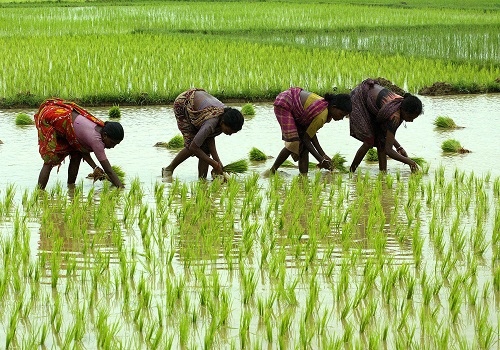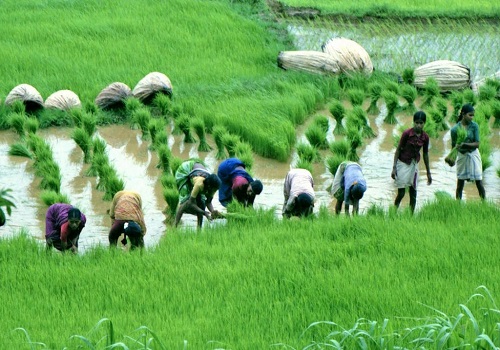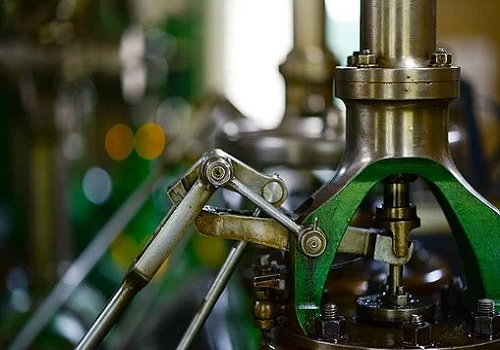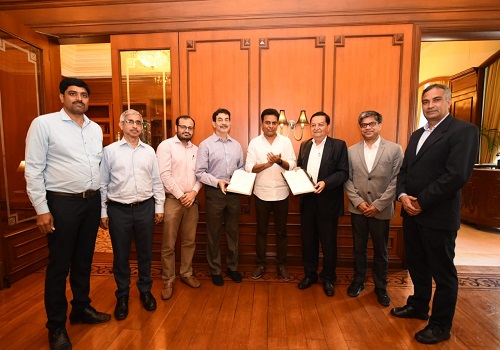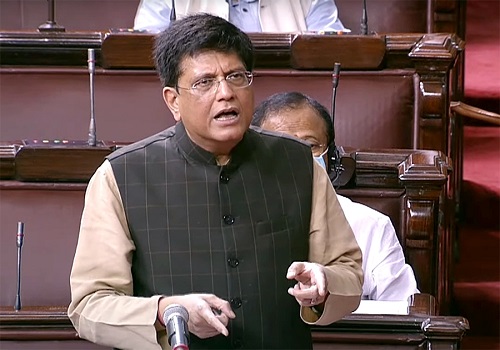Managing livestock waste in Himachal reduces expensive farm inputs
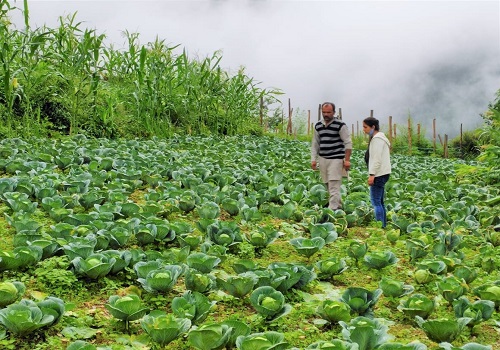
Follow us Now on Telegram ! Get daily 10 - 12 important updates on Business, Finance and Investment. Join our Telegram Channel
Amid widespread shortage of fertilizers in the ongoing planting season in several states largely owing to spiking international prices, farmers in Himachal Pradesh are using home-made alternatives for cultivation that are not only safer for the environment but are also boosting their incomes by reducing their dependence on chemicals.
State government records say 146,438 farmers, including 14,000 apple growers, in the hill state are doing natural farming either partially or fully, over 8,268 hectares.
This means they are not rushing to the market to plant the winter crops -- not hampering their planting season like in neighbouring states Punjab, Haryana and Uttar Pradesh where farmers are currently facing a severe shortage of fertilizers.
Middle-aged vegetable grower Raman Saini, a progressive farmer from Haroli in Una district adjoining Punjab, is one of many to benefit from an alternative method of cultivation that saves the soil from deterioration, boosts his bottom line and importantly without sacrificing much food production.
Earlier, he struggled to market the vegetables -- a fact he attributes to overuse of chemical pesticides to control diseases and pests. Even the soil fertility was deteriorating.
"I am so relaxed since I shifted to natural farming three years back. I don't have to run for fertilizers in the market. My land is more fertile and I don't have any health hazards with the farm inputs I make at home with the natural farming technique," an upbeat Saini told IANS.
He grows crops with natural farming technique on 25 bighas and takes three crops in a year.
Earlier, he used to spend Rs 45,000 on fertilizers (55 bags of chemical fertilizer, including 25 of urea) and around Rs 1.5 lakh on insecticides, herbicides and fungicides in a year.
After shunning chemicals, he said, "Now I am saving all this money as I make everything with desi cow's urine, dung and some locally resourced inputs. I don't have to worry about the shortage of chemical fertilizers in the market. The other farmers should also understand that dependence on the market is not good for agriculture to progress."
He produces chemical-free cabbages, cauliflowers, mustard, wheat, maize, potatoes and peas. "The cost of cultivation on my land has come down drastically. And see, I have not yet sown onions, but the buyers have already booked the harvest. What do I need?" he added.
It is estimated that nitrogen discharge accounts for a third of agriculture's greenhouse gas emissions. By good management of livestock manure, farmers can retain those valuable nutrients and limit nitrogen pollution.
Recounting a similar experience, grower Anil Biswan whose 30-bigha apple orchard is located at a higher altitude in Chirgaon in Shimla district, said earlier he used to buy 25-26 bags of chemical fertilizers annually with an expenditure of Rs 35,000.
"Now I don't need any fertilizer. The health of the soil and plants has improved with the inputs I prepare myself from indigenous cow's urine and dung. Now I am producing healthy and delicious apples."
He is also growing multiple crops, including peas, potatoes, rajmash, etc., along with the apples.
Apple growers need NPK (nitrogen, phosphorus and potassium) 12:32:16 in winter for the post-harvest management of orchards.
What makes the farmers in Himachal Pradesh opt for the natural way of farming?
The reason: the non-chemical, low-cost and climate resilient natural farming technique that has been promoted by the Himachal Pradesh government under the Prakritik Kheti Khushhal Kisan Yojana (PK3Y) since 2018.
Farm experts told IANS that the scheme is empowering the farmers to use home-brewed alternatives with zero dependence on the external market.
Under the Prakritik Kheti Khushhal Kisan Yojana, the technique is based on the farm inputs that are prepared at home with dung and urine of a 'desi' cow, 'besan', jaggery and some locally resourced leaves.
This technique has also helped them go for multiple crops on one field simultaneously, which not only ensures income in continuity, but also fulfils the nutrient requirements of crops on the same field, Prakritik Kheti Khushhal Kisan Yojana Executive Director Rajeshwar Singh Chandel explained to IANS.
Even a large number of women farmers and women farmer groups are pro-actively practicing and spreading the word for natural farming techniques.
Ajay Rattan, a farmer settled in the low hills of Ghumarwin block in Bilaspur district, told IANS, "I am happy now. My agriculture is no longer dependent on chemical fertilizers."
He shifted to natural farming three and a half years back and grows peas, ginger, capsicum, wheat, maize, gram, sugarcane, soyabean, moong and taro root.
Now he gets customers at his doorstep and a better price for the produce.
The redesigning of agriculture with natural farming technique has made farming a lucrative venture for the farmers by reducing the cultivation cost drastically and will gradually cut down on the consumption of chemical fertilizers in agriculture.
About 80 per cent of the total cultivated area in the state is rain-fed. Rice, wheat and maize are important cereal crops of the state. Groundnut, soyabean and sunflower in kharif and rapeseed or mustard and toria in the rabi season are important oilseed crops.
As per the Economic Survey 2020-21, the fertilizer consumption in 1985-86 in Himachal Pradesh was 23,664 tonnes, which increased to 61,778 metric tonnes in 2019-20.












 320-x-100_uti_gold.jpg" alt="Advertisement">
320-x-100_uti_gold.jpg" alt="Advertisement">






